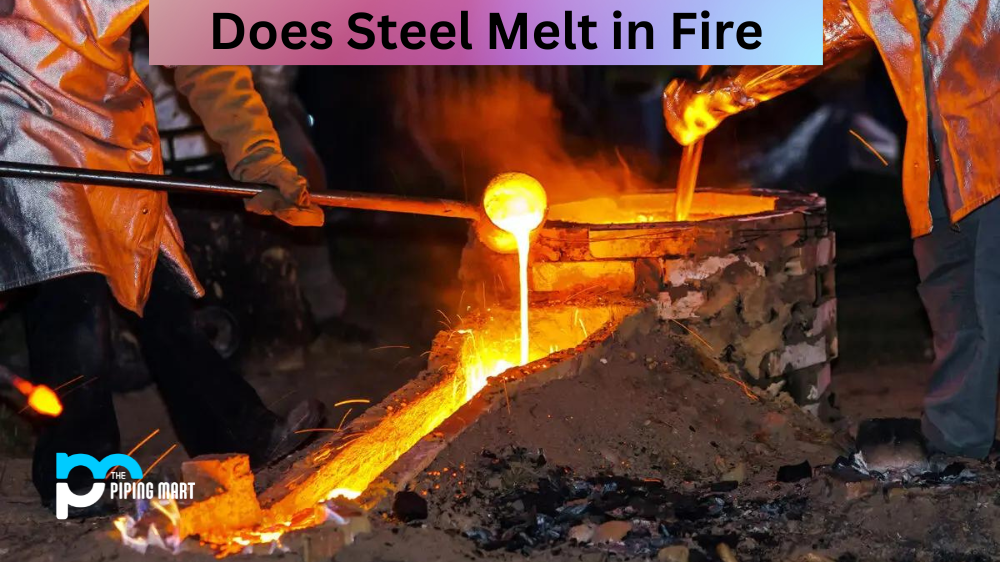Stainless steel is a versatile, durable material used in various industries, from construction to medicine. There are hundreds of stainless steel grades, each with unique properties and characteristics. Two popular grades are grade 310 and grade 316, which are often compared for their differences. Let’s take a look at the key differences between these two grades.
Chemical Composition
The main differences between 310 and 316 stainless steel are their composition. While 310 is made up of chromium, nickel, and iron, 316 is composed of chromium, nickel, molybdenum, manganese and silicon. Therefore 316 offers more resistance against corrosion as molybdenum helps it to resist pitting from exposure to chlorides and other corrosive elements. In addition to this the higher content of nickel helps increase strength in both grades compared to 304 stainless steel although it’s less ductile at high temperatures than type 304.
Physical Properties
Grade 310 is known for its outstanding heat resistance compared to other stainless steel grades; it has a melting point of up to 1450°C (2642°F). It also has excellent formability properties, which make it ideal for applications such as boilers, heat exchangers, pressure vessels, and more. On the other hand, grade 316 is not as heat resistant as grade 310 but has improved formability due to its higher levels of chromium content. Grade 316 also has better ductility than other stainless steel alloys making it easier to fabricate into complex shapes without sacrificing strength or durability.
Corrosion Resistance
Stainless steel 310 is less resistant to corrosion than stainless steel 316. This is due to the fact that stainless steel 310 contains less chromium than stainless steel 316. Chromium is a element that helps to resist corrosion.
Temperature Resistance
Stainless steel 310 is also less resistant to high temperatures than stainless steel 316. This is because the carbon content in stainless steel 310 can lead to carbide precipitation, which can weaken the structure of the metal at high temperatures.
Cost
Stainless steel 310 is generally more affordable than stainless steel 316. This is because it contains less chromium and molybdenum, which are two of the most expensive elements in stainless steel.
Conclusion:
When comparing stainless steel grades 310 and 316, there are many factors to consider, including chemical composition, physical properties, temperature resistance, and more. While both have their unique characteristics, they both excel in different applications due to their various properties—grade 310 for high-temperature applications such as boilers or heat exchangers, while grade 316 for greater corrosion resistance when exposed to salt water or humid environments. Ultimately the choice between these two grades will depend on your specific application needs. Regardless of your choice, you can rest assured that you’re getting a strong, reliable material that will offer long-lasting performance no matter what application you use it for!

Meet Bhavesh, a seasoned blogger with a wealth of knowledge and experience. From metal products manufacturing to retail, Bhavesh has a diverse background in various industries and is dedicated to sharing his insights and expertise with readers.




